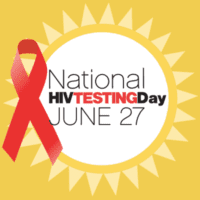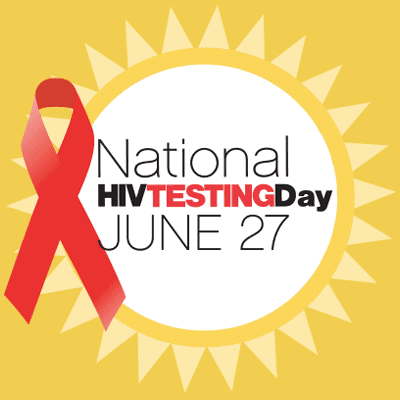Q&A: How Primary Care Can Stop HIV – and How Health Centers Can Receive Free Assistance


 Integrating HIV screening into primary care has never been more critical. Advances in HIV diagnosis, treatment, and prevention promise to dramatically alter the course of HIV for individuals and communities — with HIV testing the gateway to these services.
Integrating HIV screening into primary care has never been more critical. Advances in HIV diagnosis, treatment, and prevention promise to dramatically alter the course of HIV for individuals and communities — with HIV testing the gateway to these services.
“For the first time since the onset of the epidemic, we can see an end to HIV in the next decade,” says PCDC’s Sarah Blust [pictured]. “It will require an aggressive approach to testing, particularly in high-risk communities and populations. PCDC is here to help provide free, evidence-based technical assistance to improve testing rates and provide effective prevention.”
Blust, who serves as Program Director of the High-Impact Prevention (HIP) in Health Care program — a national CDC-funded program that provides free HIV prevention training and technical assistance to health care organizations — talked on National HIV Testing Day about the current state of testing, the pivotal role of primary care in stopping the virus, and how providers can access free training and assistance.
Q: What are the concerns about HIV testing rates?
In 2006 the Centers for Disease Control (CDC) recommended that voluntary HIV screening become a routine part of medical care for persons aged 13-64, with more frequent testing for people at higher risk. Early identification of HIV helps to facilitate treatment that can greatly improve the health of people living with HIV, and reduce the risk of transmission to partners. The CDC recommendations were designed to increase access to effective treatment and prevention in two ways: streamlining the testing process by not requiring counseling and consent, and removing the stigma of HIV testing by making testing part of standard care.
Despite these recommendations, more than 1.2 million people in the U.S. are living with HIV, including 166,000 people who were unaware of their HIV status. In 2015, nearly 40,000 people were diagnosed with HIV. It is estimated that 30 percent of new HIV infections are transmitted by people with HIV who are unaware of their status.
Q: Why are the rates so low?
Despite CDC recommendations, rates of testing remain far below the ideal, which may be attributable to a variety of health care provider and patient issues including:
Q: What makes primary care such a powerful defense against HIV specifically?
Primary care providers can be at the forefront of offering routine HIV screening as the first step in initiating anti-retroviral therapy (ART) for people who are HIV positive. ART suppresses the viral load of people with HIV, helping them to remain healthy for many years. It also reduces the risk of transmission to their partners, adding value as “treatment as prevention.” Recent studies have demonstrated that early treatment with ART improves health outcomes for HIV-infected individuals.
 HIV testing is also the first step in providing comprehensive HIV prevention services for people with negative results who are at risk. HIV prevention includes risk reduction counseling, pre-exposure prophylaxis (PrEP), and non-occupational post-exposure prophylaxis (nPEP).
HIV testing is also the first step in providing comprehensive HIV prevention services for people with negative results who are at risk. HIV prevention includes risk reduction counseling, pre-exposure prophylaxis (PrEP), and non-occupational post-exposure prophylaxis (nPEP).
PrEP, a daily pill recommended for people with substantial HIV risk, can reduce the risk of transmission up to 90% if taken consistently. CDC PrEP guidelines include the importance of HIV testing prior to initiating the medication and at three-month intervals thereafter.
nPEP is a three-drug, 28-day anti-viral drug regimen that can be taken within 72 hours following HIV exposure. Prior to the initiation of therapy, rapid HIV testing is recommended in order to assure a negative test.
Q: How can PCDC help primary care providers in this effort?
Primary care providers can help to change the course of HIV by learning more about treatment and prevention, and making important practice changes. PCDC’s HIP in Health Care program provides free training and technical assistance to health care organizations with the goal of expanding and improving the delivery of HIV prevention services within clinical settings.
To support the integration of routine HIV testing within primary care, PCDC has trained health care staff on how to conduct opt-out screening, as well as provide positive test results, best practices for linkage to care, and reimbursement for HIV testing. PCDC has also provided technical assistance on improved workflows and staffing.
See the complete list of our services and training.